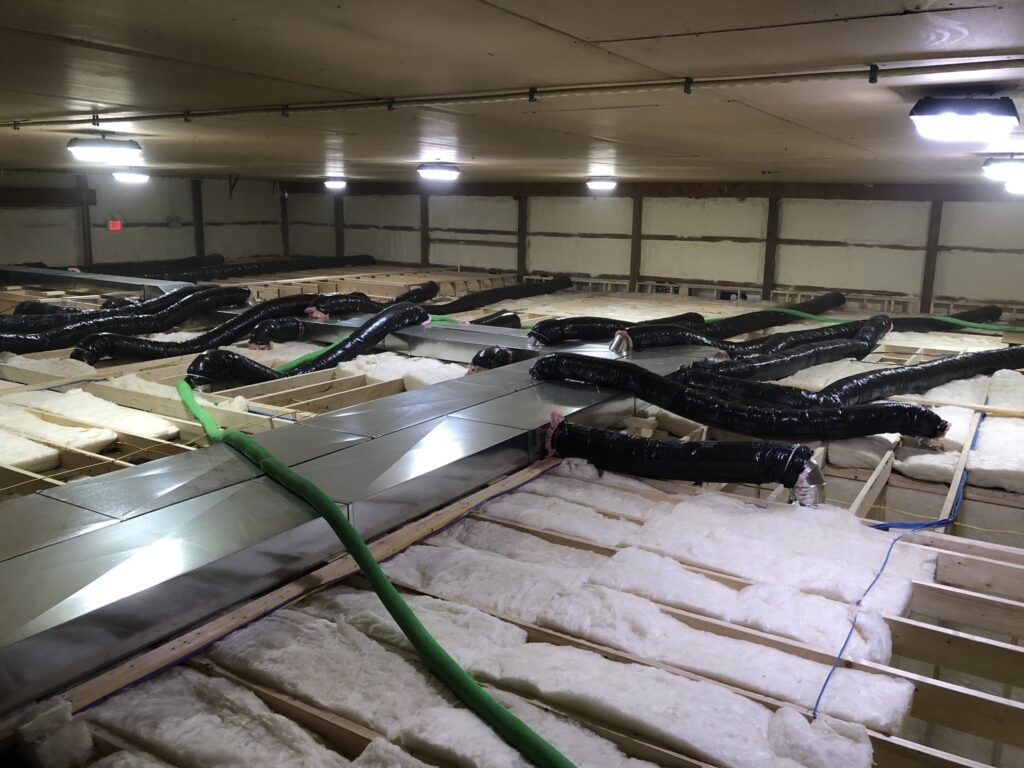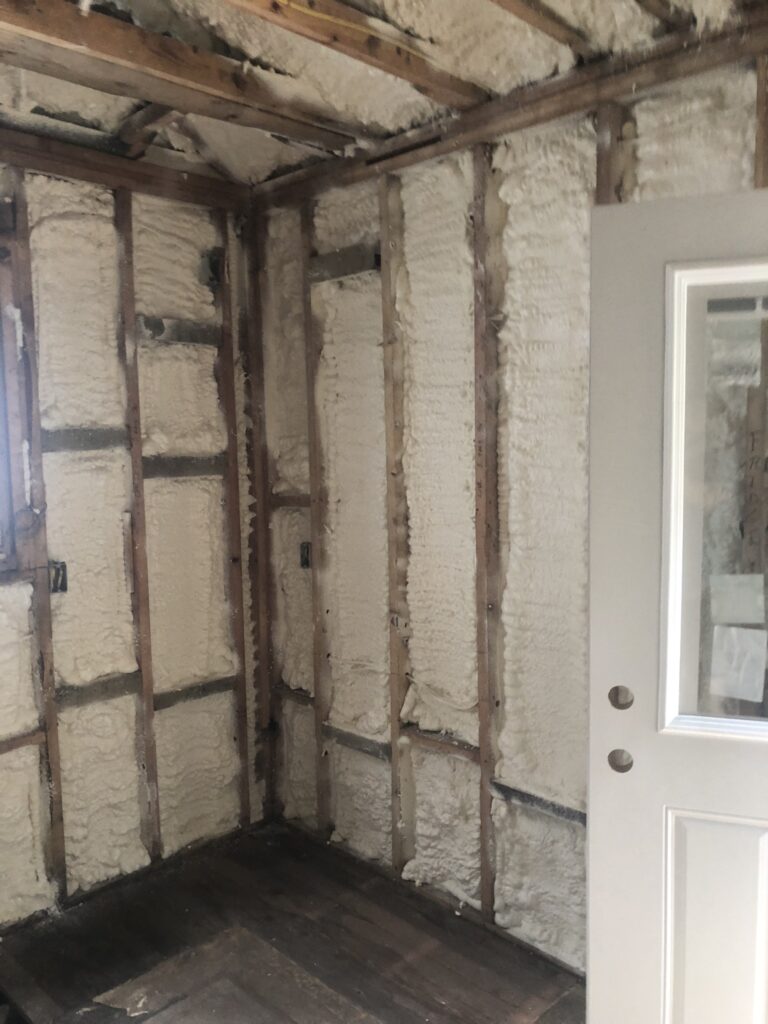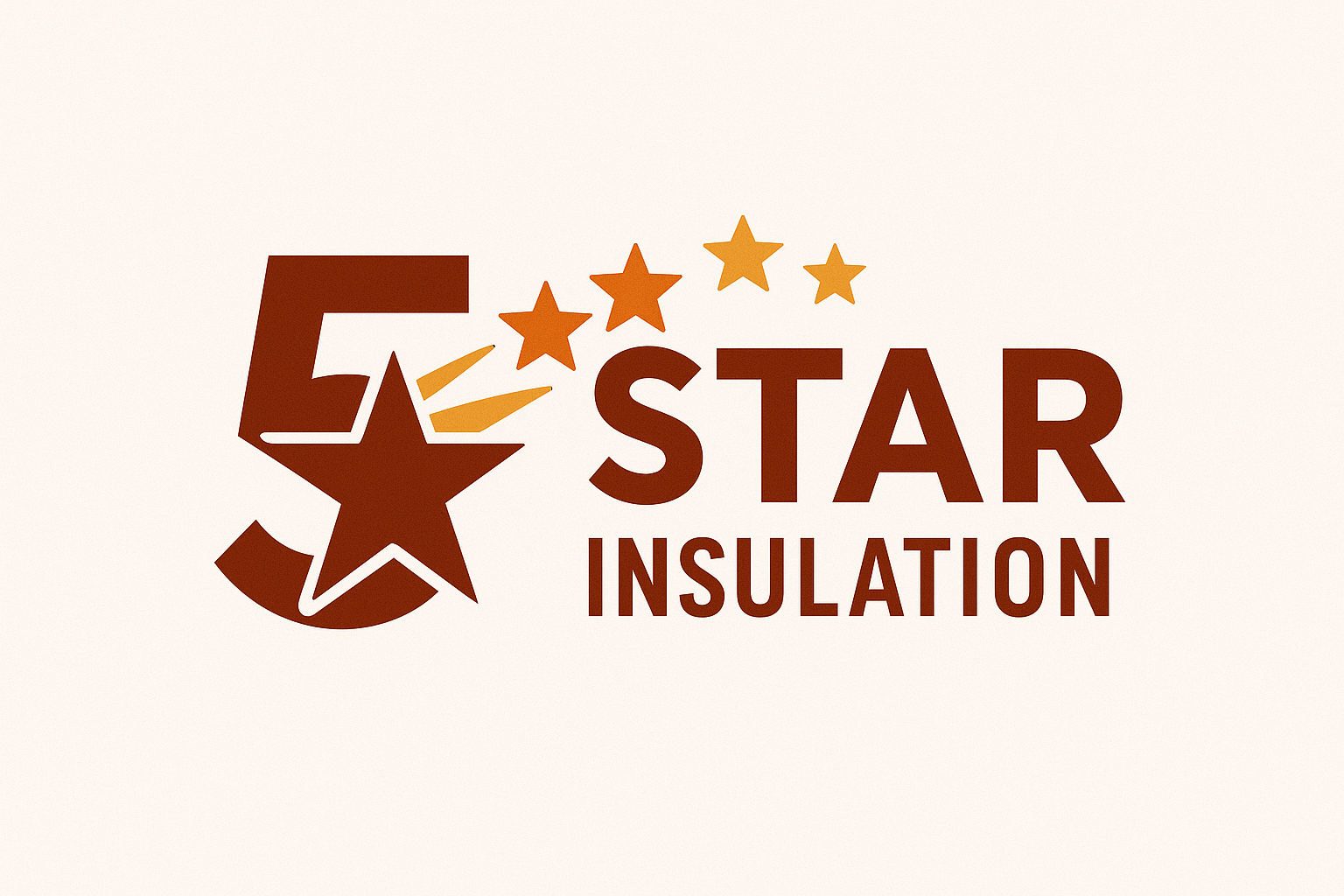Skip to the content
PROS:
- High R-value:
- Closed-cell foam provides a superior R-value per inch compared to open-cell foam and many other insulation types, offering high thermal resistance.
- Air Barrier:
- Its dense, non-porous structure creates an excellent air seal, preventing drafts and improving energy efficiency.
- Moisture Resistance:
- Closed-cell foam acts as an effective vapor barrier, preventing moisture intrusion and protecting against mold and rot.
- Structural Strength:
- The rigidity of closed-cell foam adds structural integrity to the building.
- Long Lifespan:
- It doesn’t sag or settle over time, maintaining its insulating performance for a long period.
- Application Flexibility:
- It can be applied to various surfaces and fills irregular spaces around pipes and wires.
CONS:
- High Cost:
- Closed-cell foam is one of the most expensive insulation types, especially when factoring in the professional installation.
- Professional Installation:
- It requires professional installation and cannot be effectively installed by a DIY homeowner.
- Noxious Fumes:
- During installation, the chemicals emit strong, potentially harmful fumes that require the job site to be cleared and ventilation for days or weeks.
- Rigidity Issues:
- Its rigid nature can cause challenges in very tight or irregular spaces, and improper installation can lead to issues like delamination or cohesive failure.
- Environmental Concerns:
- Some closed-cell foams use blowing agents with high global warming potential, raising environmental concerns.
- Potential for Mold (with improper installation):
- If not installed correctly, especially in thick layers, it can trap moisture behind it, leading to mold growth that can go undetected.


